


The Maha Kumbh 2025, the largest religious gathering in the world, officially began on Monday with millions of devotees gathering in Prayagraj for the first 'Amrit Snan' of the event. Among the many seers and sadhus taking part, foreign devotees also added to the colorful festivities by immersing themselves in the sacred tradition and singing bhajans. This year's Maha Kumbh is expected to bring over 40 crore people to Prayagraj, making it larger than the combined population of the US and Russia.
Amrit Snan: The Sacred Bath of the Kumbh Mela
The Kumbh Mela is one of the oldest and largest religious gatherings in the world. It is held every three years at one of four sacred river confluences in India: Prayagraj, Haridwar, Ujjain, and Nashik. The Maha Kumbh, the largest of the four, is held every 12 years at Prayagraj.
The Amrit Snan, or "sacred bath," is the central ritual of the Kumbh Mela. Pilgrims bathe in the sacred waters of the confluence of the Ganges, Yamuna, and Saraswati rivers to wash away their sins and achieve spiritual purification. The first Amrit Snan of the Maha Kumbh 2025 took place on January 14, 2025, and millions of devotees gathered in Prayagraj to participate.
Background
The Kumbh Mela is said to have originated in the mythological churning of the ocean by the gods and demons. During the churning, 14 pots of nectar emerged from the ocean. These pots were seized by the demons, but Vishnu tricked them into drinking the nectar, granting them immortality. The battle for the nectar spilled over into the mortal realm, and the drops of nectar that fell to earth became the four sacred river confluences where the Kumbh Mela is held.
The first recorded Kumbh Mela was held in Haridwar in the 7th century AD. Over the centuries, the Mela has grown in size and significance, becoming one of the most important religious events in Hinduism.
Top 5 FAQs
1. What is the significance of the Amrit Snan? The Amrit Snan is a sacred bath that washes away sins and achieves spiritual purification. Pilgrims believe that bathing in the sacred waters of the river confluence will grant them salvation.
2. How many people attend the Kumbh Mela? The Maha Kumbh Mela is expected to attract over 40 crore people this year, making it larger than the combined population of the US and Russia. It is one of the largest religious gatherings in the world.
3. What are the other rituals of the Kumbh Mela? In addition to the Amrit Snan, the Kumbh Mela includes a number of other rituals, such as pujas, yagnas, and akharas. Devotees also visit temples and ashrams, and take part in religious discourses.
4. What is the economic impact of the Kumbh Mela? The Kumbh Mela is a major economic event for Prayagraj and the surrounding area. The festival brings in billions of rupees in revenue and creates thousands of jobs.
5. What are the challenges of hosting the Kumbh Mela? Hosting the Kumbh Mela is a major logistical challenge. The authorities must provide for the safety and security of millions of pilgrims, as well as provide basic amenities such as food, water, and sanitation.

The court's decision came after the masjid committee filed a petition against the Archaeological Survey of India (ASI) for not completing the whitewashing and installation of lights on the outer portion of the historical mosque. The ASI was given a week to complete the task, which has been pending for two years. The committee presented colored photographs as evidence to support their claim that the ASI initially agreed to the proposal but later denied it.

A viral video of a Thar creating havoc on the road in Noida has left netizens in shock. The video captures the car ramming into multiple vehicles and flipping over, severely injuring the driver. The incident, which occurred in Sector 62, shows the extent of damage caused by excessive speeding. The police have confirmed that the driver was speeding at the time of the accident and have urged people to be cautious while driving on the road.

Social media users and multiple media outlets shared a video claiming to be of an Air India flight returning to Chicago due to clogged toilets. However, this claim is misleading as the video dates back to January and is unrelated to the recent incident. This highlights the need for fact-checking and verifying information before sharing it on social media.
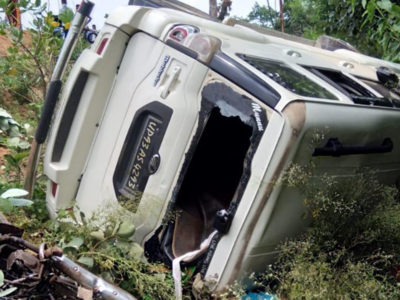
Tragedy struck in Madhya Pradesh as eight people tragically lost their lives and 13 others were severely injured in a head-on collision between a truck and an SUV. The accident, which occurred under the City Kotwali area of Sidhi, left the community in shock and grief. Chief Minister Dr. Mohan Yadav expressed deep condolences and announced ex-gratia for the victims and their families. The incident, which took place after midnight, has prompted the local administration to launch a thorough investigation into the matter.
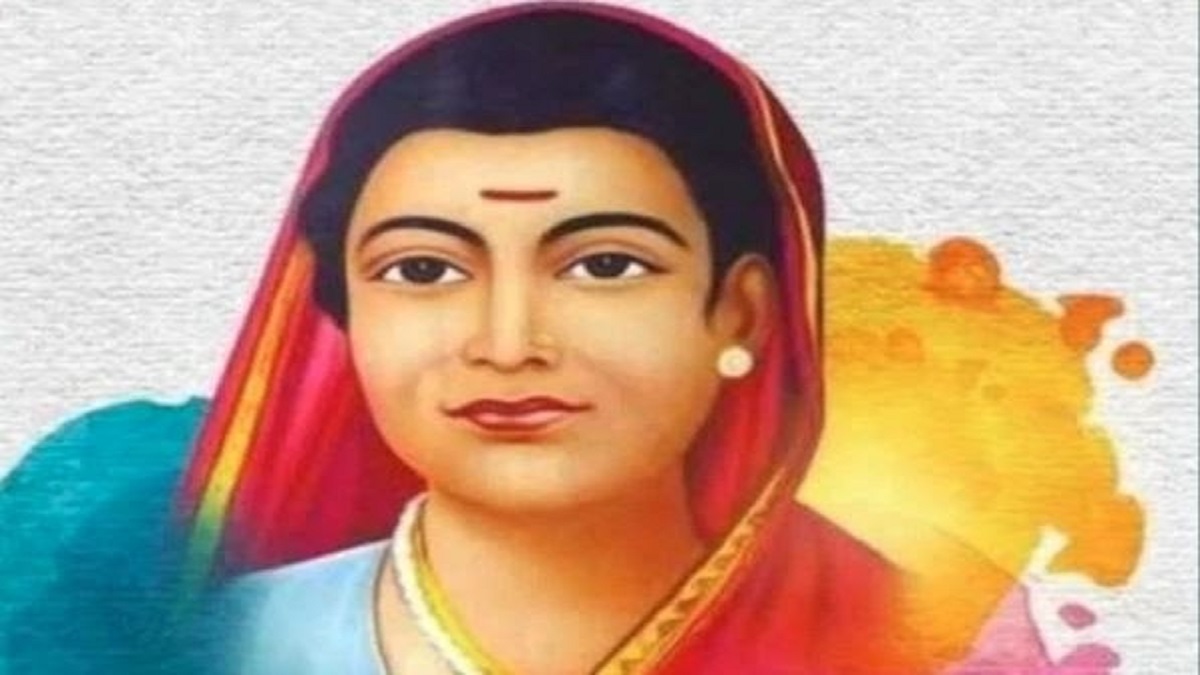
As India commemorates the 128th death anniversary of Savitribai Phule, it is important to remember her groundbreaking contributions to women's rights and education. She is widely regarded as the first female teacher in India and along with her husband, Jyotirao Phule, founded the first school for girls in the country. Sadly, she passed away at the age of 66 after contracting the bubonic plague while trying to save a 10-year-old boy. Despite her untimely death, her legacy continues to inspire and uplift women today.

Air India faces complaints after an 82-year-old passenger fell at the Delhi airport due to lack of a pre-booked wheelchair. The airline has denied any wrongdoing and stated that the passenger's wheelchair was not allocated for almost an hour. The incident has sparked outrage and raised concerns over the treatment of elderly passengers at airports.
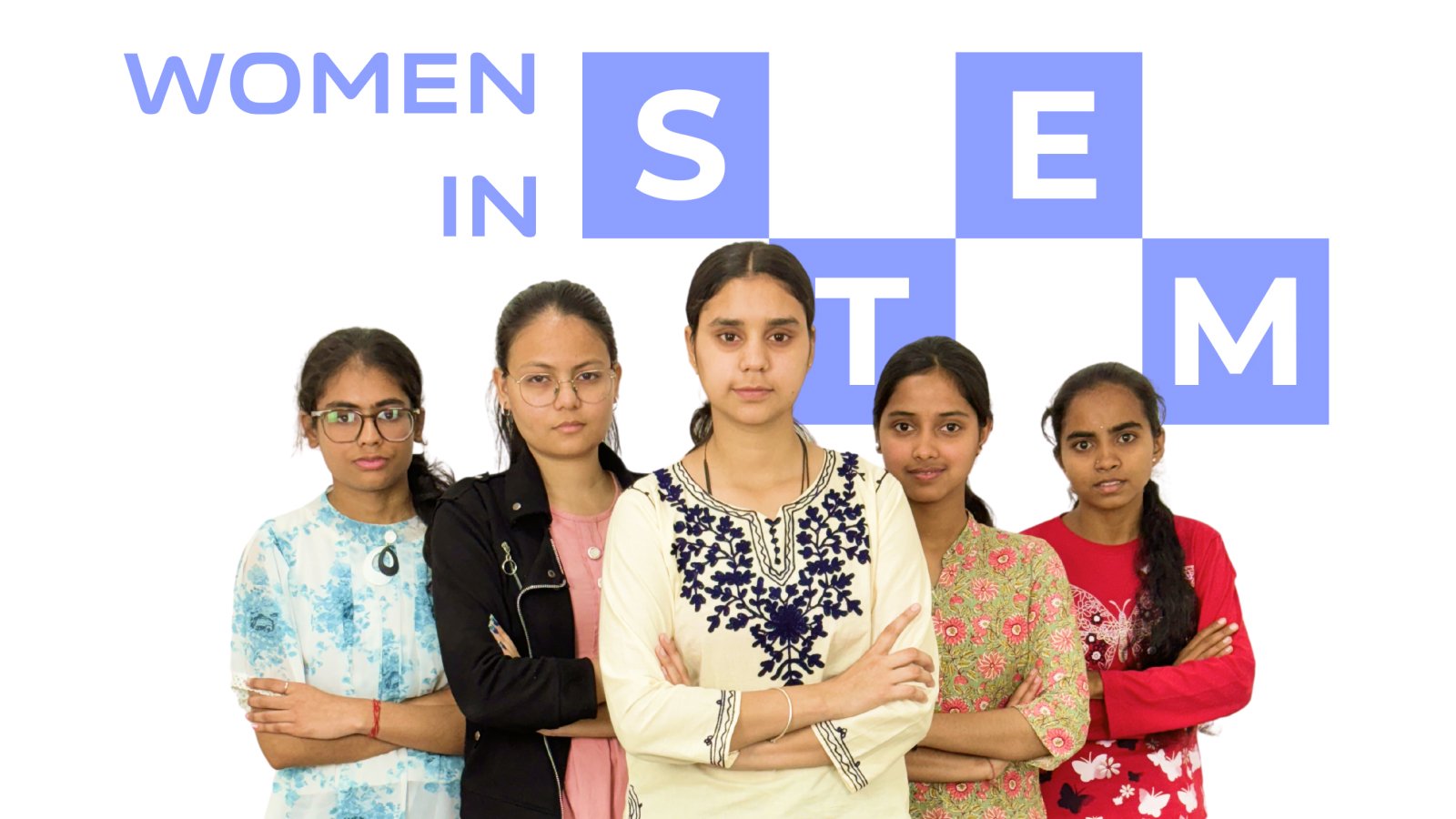
In honor of International Women's Day in 2025, Chinese technology giant Vivo debuts 'KanyaGyaan' aimed at bridging the gender gap in STEM careers by providing mentorship, skill development, and industry exposure to young Indian women, particularly those from underserved communities. The initiative's pilot phase is already underway, targeting 150 women, with a focus on economically disadvantaged and single-parent households. Additionally, Vivo released a campaign video featuring young women pursuing their educational and career aspirations, symbolizing determination and self-empowerment. This initiative hopes to inspire a greater movement towards empowering women in the fields of Science, Technology, Engineering and Mathematics.

An 82-year-old woman fell and suffered head injuries at Delhi's Indira Gandhi International Airport after Air India failed to provide her with a pre-booked wheelchair. Despite the family's efforts to get assistance from the airport and airline staff, no one stepped in to help until the woman eventually fell in front of the Air India counter. She received no proper medical aid at the airport and had to board the aeroplane with injuries. The incident has gained attention on social media, with Air India responding to the post and promising to connect with the family.
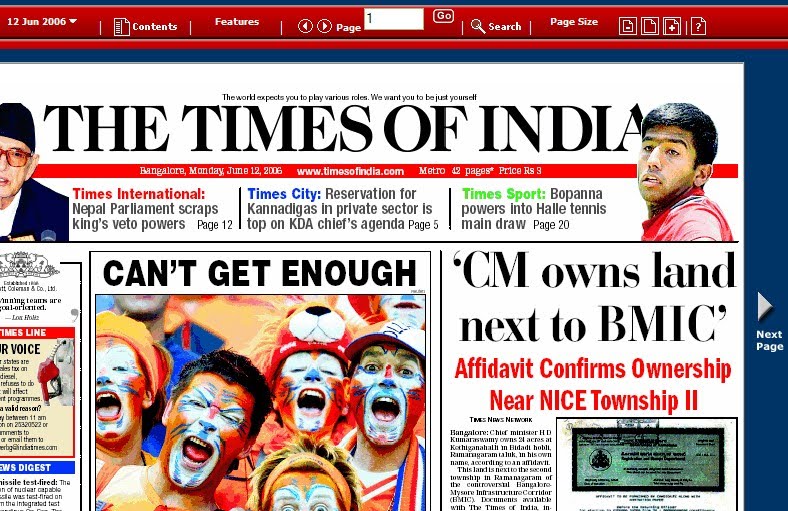
Stay informed and up-to-date with the latest cultural events with The Hindu's e-Paper, featuring news and reviews from books, cinema, health, world affairs, science, technology, and more. From book releases and movie premieres to health advice and top tech stories, this e-Paper has got you covered. With a variety of featured categories and specialized writers, you can trust that you will stay well-informed and entertained.
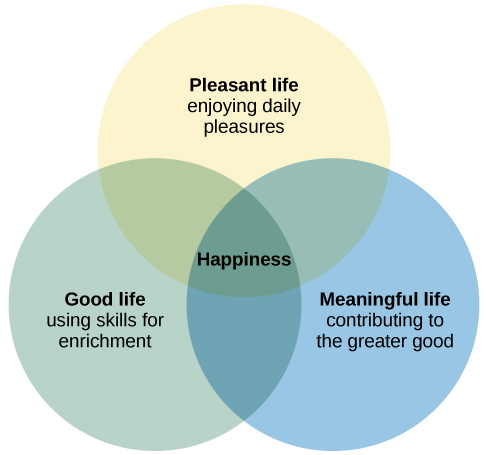
In our never-ending quest for happiness, many factors play a role. Through a psychological lens, we explore the genetic blueprint that influences our well-being, the importance of environment on our happiness, the power of connection in our relationships, and the fulfillment we can find through pursuing our passions. Join us on this journey to discover practical ways to enhance your own sense of happiness.